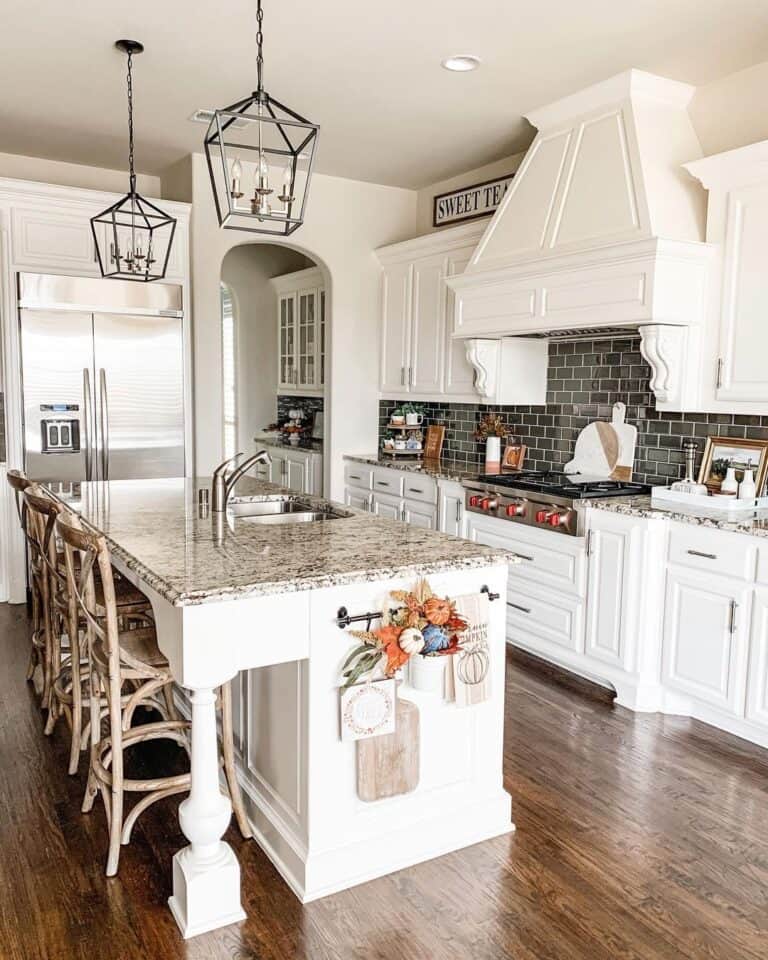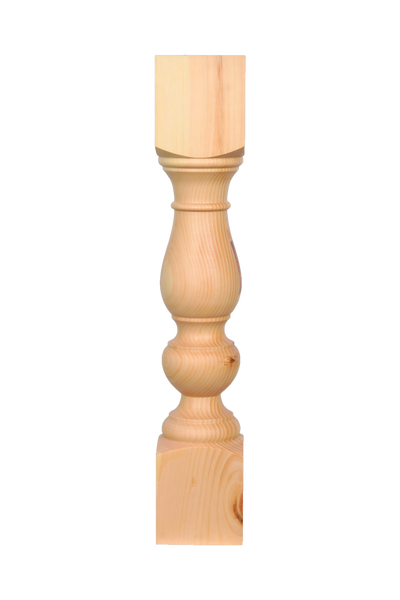Stylish Kitchen Island Legs: Boost Your Kitchen Style
Stylish Kitchen Island Legs: Boost Your Kitchen Style
Blog Article
Crucial Tips for Picking the Perfect Table for Your Cooking Area
Picking the best dining table for your cooking area is more than simply a matter of preference; it necessitates a comprehensive understanding of your room and demands. The shape of the table plays a pivotal function; while rectangle-shaped tables suit bigger areas, rounded ones foster intimacy, and extendable alternatives offer adaptability. The table must harmonize with your cooking area's appearances and fit your family easily.
Measure Your Area
Selecting the ideal dining table starts with a precise analysis of your available room. This fundamental action guarantees that the table not just fits comfortably within the space yet likewise complements the general design and capability of your dining area. Begin by determining the measurements of the space, taking right into account doorways, windows, and any kind of existing furnishings. This will assist you identify the maximum allowable size for your dining table.
It is vital to leave sufficient room for chairs to be pulled out and for people to move around the table without blockage. A general rule of thumb is to enable at least 36 inches of clearance from the side of the table to the nearest wall surface or item of furniture.
Additionally, consider the variety of people you commonly entertain and whether you need additional space for visitors. Selecting an extendable table can offer adaptability, permitting you to fit varying numbers of restaurants. By properly gauging your room, you lay the groundwork for picking an eating table that boosts both the aesthetic appeals and performance of your eating location.
Choose the Right Forming

On the other hand, round tables are exceptional for smaller sized kitchens or intimate gatherings, as they promote discussion by enabling everyone to deal with each other. They likewise give a sense of comfort and can fit well in tighter spaces because of their absence of sharp corners. Oval tables supply the best of both worlds, incorporating the length of rectangular tables with the affection of rounded ones, making them flexible for different setups.
Square tables are another choice, specifically suited for square-shaped spaces. They develop a contemporary and symmetrical look, cultivating an equal dining experience for all seated. They may be less functional for bigger events unless they come with expansions. Ultimately, the form you pick need to line up with your area dimensions and way of living to make sure both type and feature.
Product Factors To Consider
When selecting a table, material considerations are vital in establishing the table's resilience, maintenance needs, and total aesthetic. Wood is a classic choice, offering classic allure and effectiveness. Hardwoods like oak, walnut, and mahogany are particularly durable, though they can be pricey. kitchen island legs. Softwoods, such as pine, are extra affordable yet might be vulnerable to scrapes and dents.
Glass-topped tables provide a modern-day, sleek appearance and can make a room show up larger due to their openness. They need frequent cleansing to avoid finger prints and smudges. In addition, tempered glass is advised for its additional toughness and security.

Finally, composite materials like MDF (Medium-Density Fiberboard) or plywood are economical options. These materials can mimic the look of strong timber however may not offer the very same long life. They are typically simpler to clean but can be at risk to water damages otherwise correctly secured.
Eventually, the selection of material ought to align with your cooking area's style, your lifestyle requires, and your budget restraints. (kitchen island legs)
Seats Capacity and Convenience
How do Read Full Report you determine the appropriate seating ability and comfort for your table? This crucial step entails examining both the physical space readily available in your kitchen area and your house's useful requirements. Begin by gauging your kitchen area to make certain the table fits conveniently, permitting a minimum of 36 inches of clearance around it for very easy movement. Take into consideration the number of people who typically dine with each other, as this will affect the table size. For a household of 4, a rectangular table of 48 inches long or a round table with a 48-inch size is usually adequate.
The elevation of the table should ideally be around 30 inches, providing a balanced ergonomic position for seated restaurants. Chairs need to have a seat height of 18 to 20 inches to guarantee a comfortable dining pose.
Design and Looks
Selecting a table that suits your style and looks entails stabilizing individual preference with the existing style of your dining space. The eating table is frequently the focal point of the cooking area, and its style ought to match the total theme of the room. Whether your cooking area flaunts a contemporary, minimalist look or a rustic, farmhouse beauty, the table you choose need to integrate with these components to develop a natural and inviting environment.
Take into consideration materials carefully; wood provides an ageless appeal and can range from abundant mahogany for a traditional aim to lighter oak for a contemporary feeling. Metal and glass tables, on the other hand, can present a smooth, industrial edge to your kitchen. Do not neglect the table's shape-- rectangle-shaped tables are functional and traditional, while round and oblong choices can cultivate a much more intimate dining experience.
In addition, pay very close attention to surfaces and information. A troubled finish could add character and heat, whereas a glossy surface can add to a clean, modern visual. Ultimately, your table must not only in shape seamlessly right into your kitchen area's layout yet additionally mirror your personal design, elevating the area both functionally and aesthetically.
Conclusion
To conclude, picking the optimal eating table for a kitchen area demands careful examination of space, form, material, seating capability, and visual consistency. Guaranteeing a minimal clearance of 36 inches facilitates comfortable activity, while the selection of shape boosts spatial characteristics. Material choice influences sturdiness and layout, making it essential to line up with the cooking area's total aesthetic. Ultimately, a well-chosen eating table cultivates an you could try this out inviting atmosphere and suits the household conveniently, therefore boosting the eating experience.

When choosing a dining table, product factors to consider are vital in determining the table's longevity, maintenance needs, and general visual. For a linked here family of four, a rectangular table of 48 inches long or a round table with a 48-inch diameter is normally enough.
Do not overlook the table's shape-- rectangular tables are timeless and functional, while round and oval choices can promote an extra intimate eating experience. kitchen island legs.
Report this page